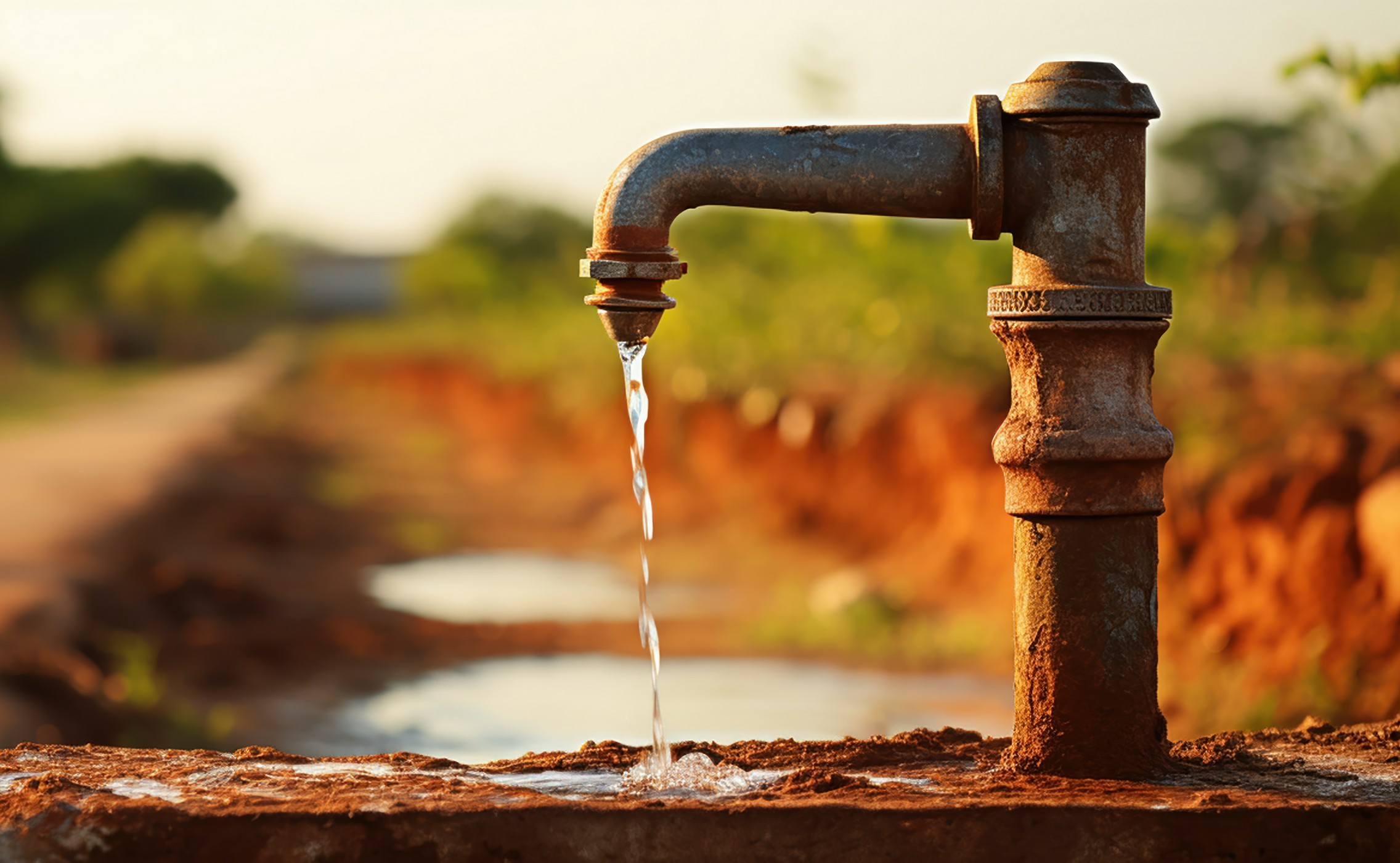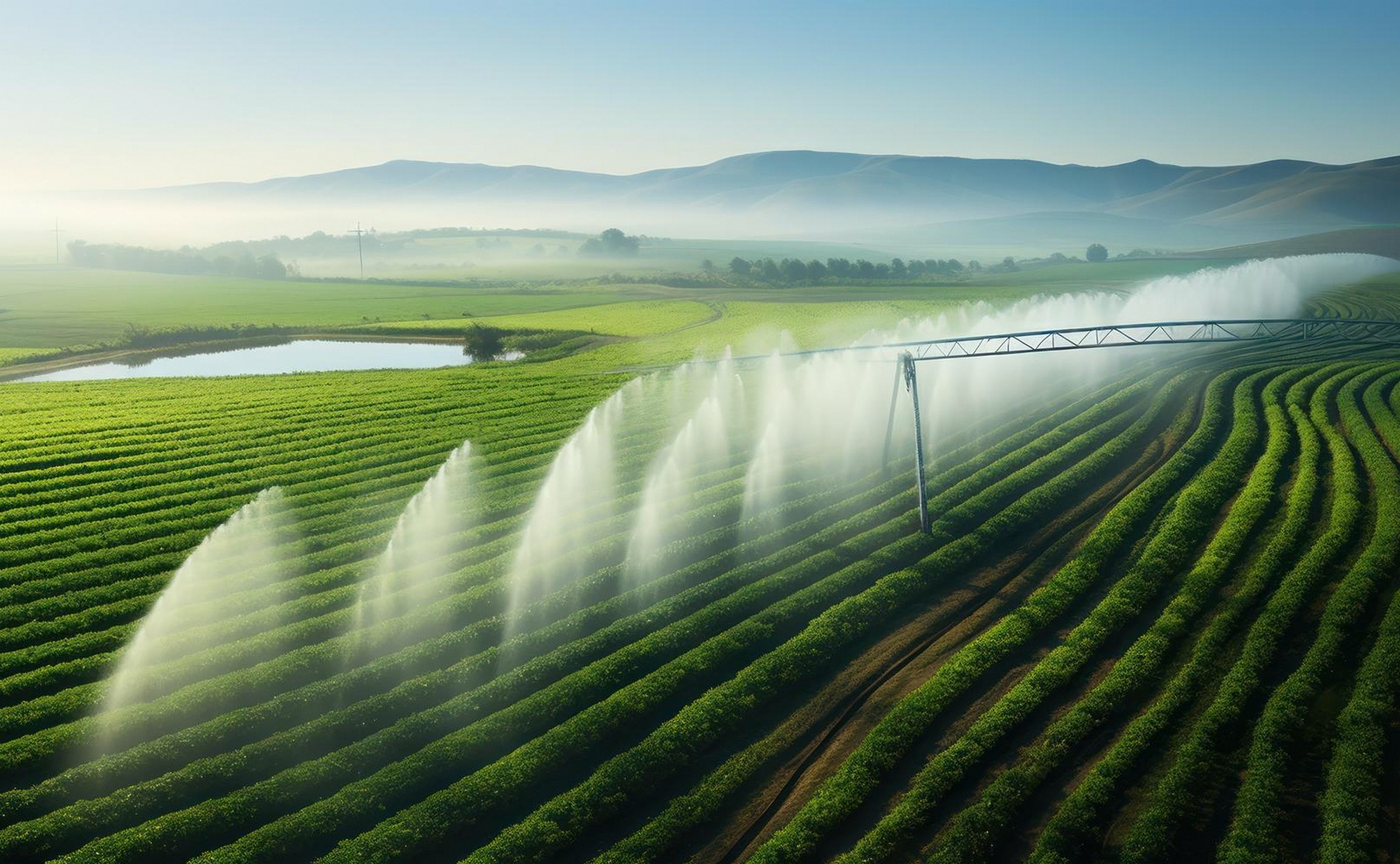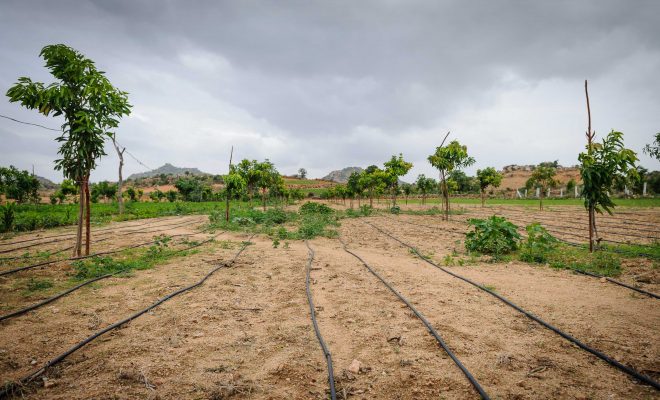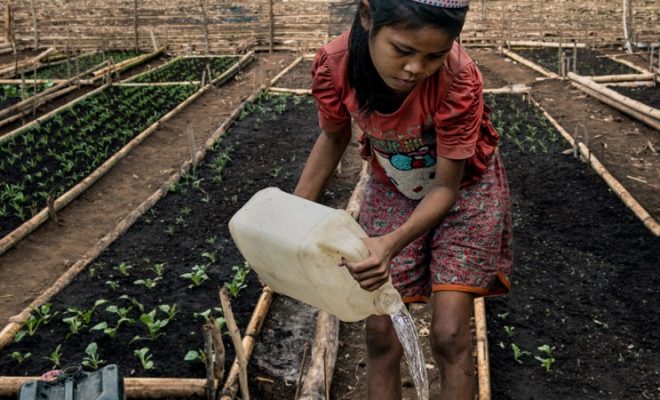After a severe drought, the return of rainfall does not immediately resolve water scarcity issues. Many communities in the subtropical regions of the planet face this challenge: prolonged droughts are often succeeded by rainy periods, sometimes with significant precipitation. However, it takes time to recover from rationed water supplies, address water stress in forests, and assess crop damage despite the return of rain. This experience highlights the distinction between meteorological and hydrological drought for much of the world.

Water shortages are not always caused by a lack of rainfall. © maniacvector/ Freepik.
Two Distinct Yet Interrelated Droughts
Meteorological drought occurs when a specific geographic region experiences a prolonged period of below-normal rainfall, often due to changes in atmospheric circulation. Climate change has exacerbated this phenomenon, leading to more extended periods of rainfall deficiency.
Hydrological drought, on the other hand, refers to prolonged water scarcity in water resources, disrupting human access to water from rivers, lakes, reservoirs, and aquifers. While meteorological drought can contribute to hydrological drought, other factors such as excessive water use, pollution, and wastage from human activities—especially during the Anthropocene era—significantly exacerbate water scarcity.
A Close Look at the Hydrological Cycle
It is crucial to comprehend their distinctions and connections to address the challenges posed by meteorological and hydrological droughts effectively. This understanding is essential for developing adaptative strategies and preserving the natural capital of water, the most critical asset we have to face climate uncertainty.
In the short term, we cannot directly control meteorological droughts. However, we can mitigate hydrological droughts through effective water management practices. To achieve this, it is imperative to identify and understand the factors that contribute to them.
Studying the hydrological cycle provides valuable insights. Once it reaches the ground, rainwater takes diverse paths. Some of it is intercepted by plants and evaporates from their leaves back into the atmosphere, a process known as “interception.”
Another portion seeps into the soil and is absorbed by plant roots, entering their organic structure. Some of this water is released back into the atmosphere as vapor through plant “transpiration,” a phenomenon that varies depending on the plant species. Additionally, due to heat, water in the soil evaporates directly into the atmosphere, a process called “evaporation.”
The combined processes of plant transpiration and soil evaporation contribute to what is known as “evapotranspiration,” a critical factor in hydrology essential for environmental balance.
Rainwater that does not evaporate or transpire back into the atmosphere follows two main paths: Some flows over the soil surface and enters surface water bodies like rivers, lakes, and ponds, forming what is termed “runoff.” Another portion infiltrates the soil and moves into the water table and aquifers, becoming “groundwater.” Understanding the dynamics of runoff and groundwater is crucial for effectively addressing hydrological drought.

Once it reaches the ground, rainwater takes diverse paths. Some of it is intercepted by plants and evaporates from their leaves back into the atmosphere. © freepik
Attention to Irrigation
Agriculture accounts for about 80% of the Earth’s freshwater use, making irrigation a crucial factor in hydrological drought management. Understanding the intricacies of the hydrological cycle unveils processes that may not be readily apparent, yet the climate crisis is accelerating the awareness and dissemination of this knowledge.
During crop irrigation, a portion of the water evaporates as part of the process. Sprinkler irrigation produces more evaporation than drip irrigation, which minimizes evaporation by delivering water directly to the root zone. Once water reaches the soil, it follows the processes mentioned earlier. Adequately prepared soil for cultivation can significantly reduce runoff, allowing almost all water to permeate through the soil. The “efficiency” of irrigation is often determined by the amount of water plant roots absorb. Higher absorption rates indicate more efficient irrigation practices, as plants utilize more of the water provided. Water not absorbed by roots contributes to groundwater recharge, sustaining the natural hydrological cycle.
The advantages of highly localized irrigation methods like drip irrigation are clear and numerous: they result in water conservation, increased crop yields, reduced fertilizer usage, enhanced pest resistance, and energy savings in pumping, among other benefits. However, achieving efficient irrigation requires considering all aspects of the hydrological cycle to address water crises effectively.
Older irrigation methods like flood irrigation by gravity often result in significant water seepage into the subsoil, replenishing aquifers. In contrast, super-localized systems such as drip irrigation minimize this subsurface flow. While reduced subsoil flow can be advantageous if it prevents aquifer overexploitation, it’s essential to manage irrigation efficiency to balance these considerations. Indeed, enhanced irrigation efficiency has played a crucial role in poverty alleviation and curbing groundwater overexploitation in regions where farmers were depleting their wells. A notable example is the project we implemented in India.
In cases of intensive agriculture, widespread in industrialized countries, the pursuit of economic gains can sometimes lead to unintended consequences with water-saving measures. While efficient irrigation techniques can save significant amounts of water, the emphasis on maximizing productivity often results in expanding crop cultivation to utilize the saved water. If before, for example, irrigation was done with 10,000 m3, and efficient techniques allow saving 4,000 m3, it initially benefits groundwater and helps combat hydrological drought. However, if the improved efficiency merely encourages using the total 10,000 m3 to irrigate more crops, the water resource remains overexploited. In a hydrological drought, this cycle perpetuates, ultimately depleting and devaluing our natural hydrological capital.

Agriculture accounts for about 80% of the Earth’s freshwater use, making irrigation a crucial factor in hydrological drought management. © Imagen de nuraghies en Freepik
Being Aware of the Time Scale
Effective aquifer management is critical for ensuring global water security and a crucial factor in combating hydrological drought and addressing climate crises. Meteorological and hydrological droughts operate on different time scales. Hydrological droughts unfold over extended periods, as some aquifers store water for thousands of years, and human activities have been altering their recharge rates over time. In contrast, addressing meteorological droughts requires long-term strategies like reducing greenhouse gas emissions. However, proactive management of water resources offers immediate benefits in the fight against hydrological drought.
The IPCC forecasts, which are proving accurate, indicate that meteorological droughts will inevitably worsen if we fail to halt global atmospheric warming. To minimize the impacts of hydrological droughts, it is imperative to prioritize integrated water resources management, going beyond traditional approaches.





